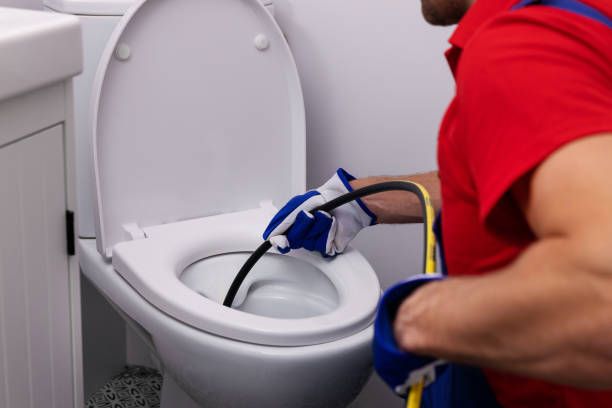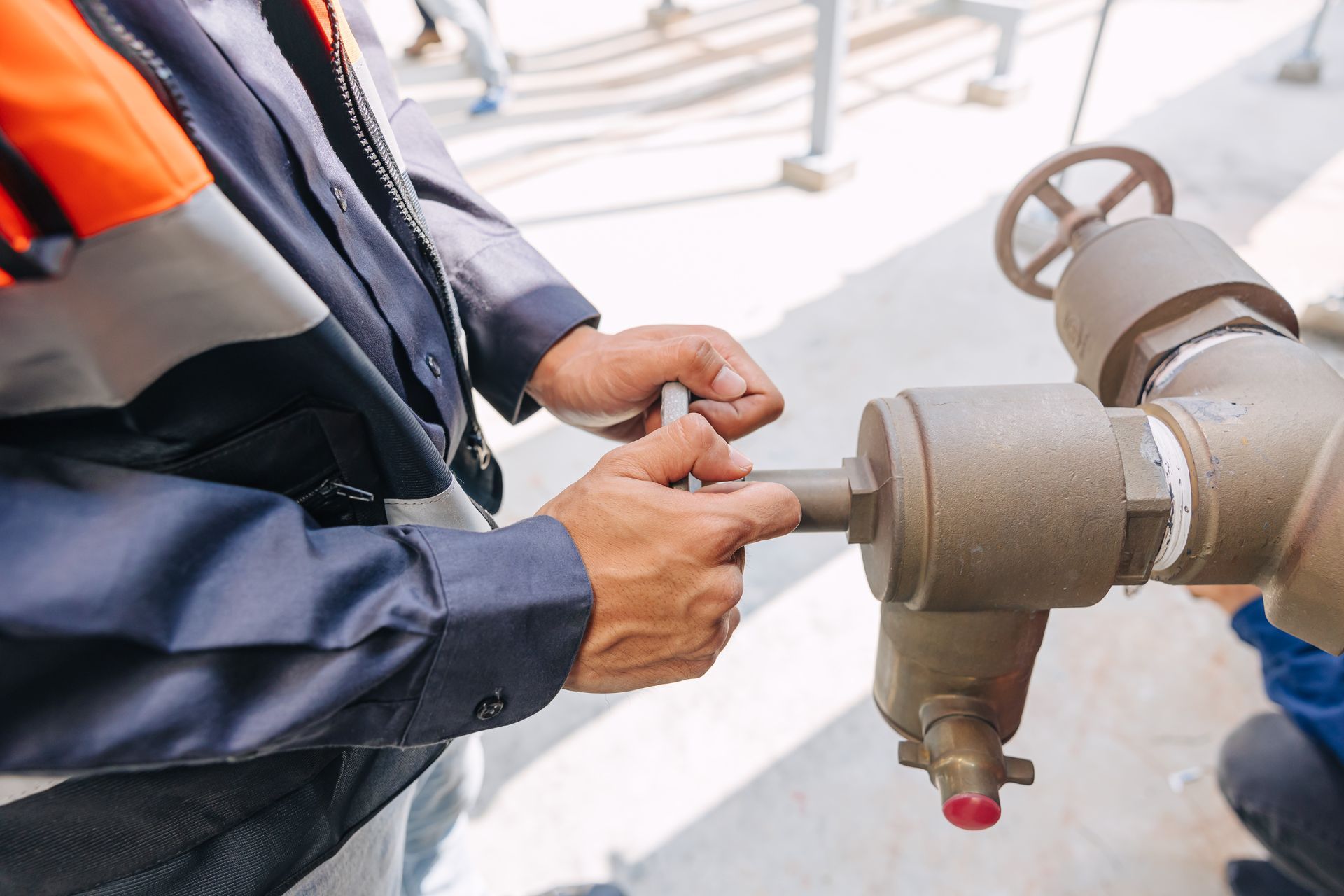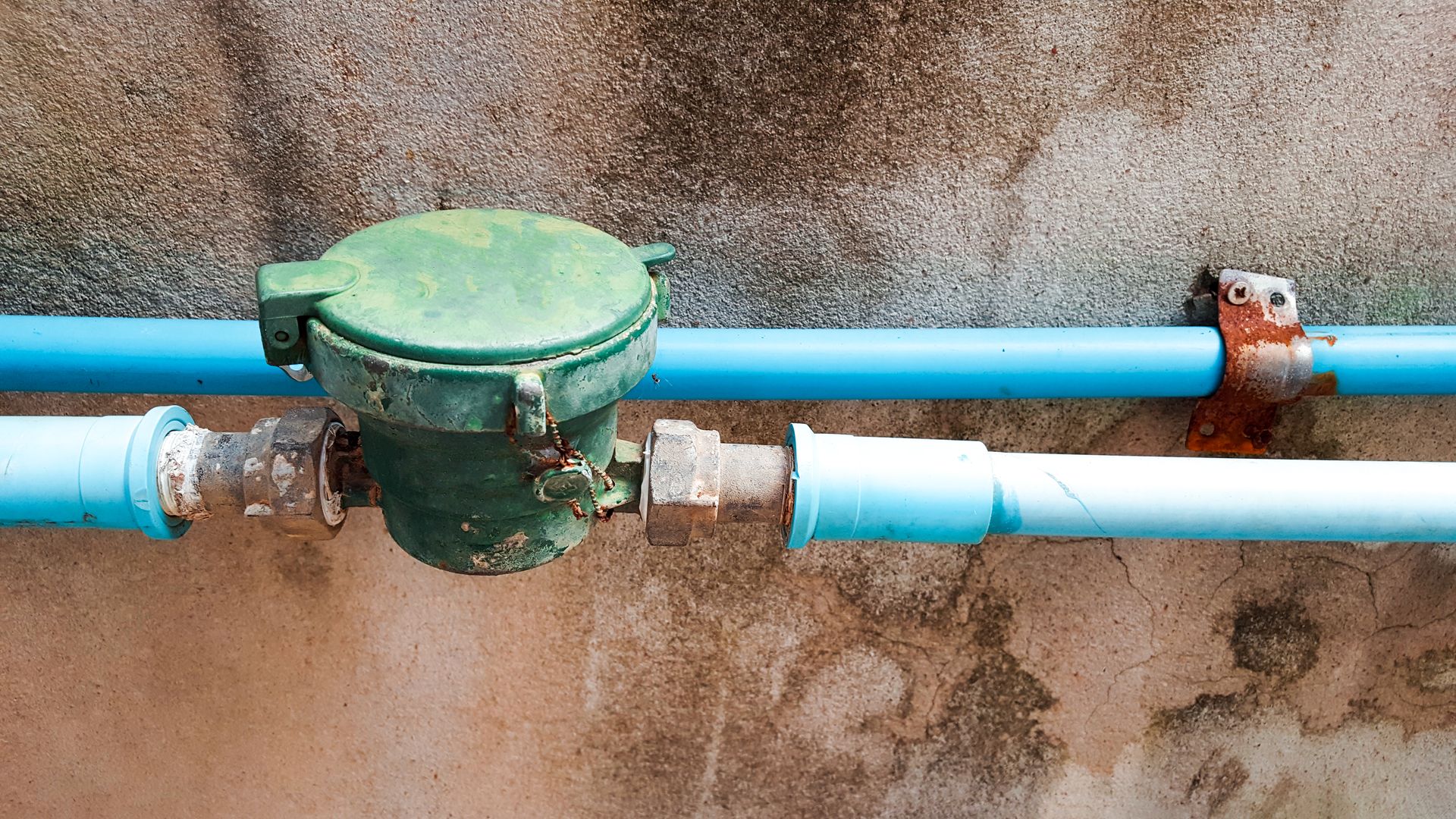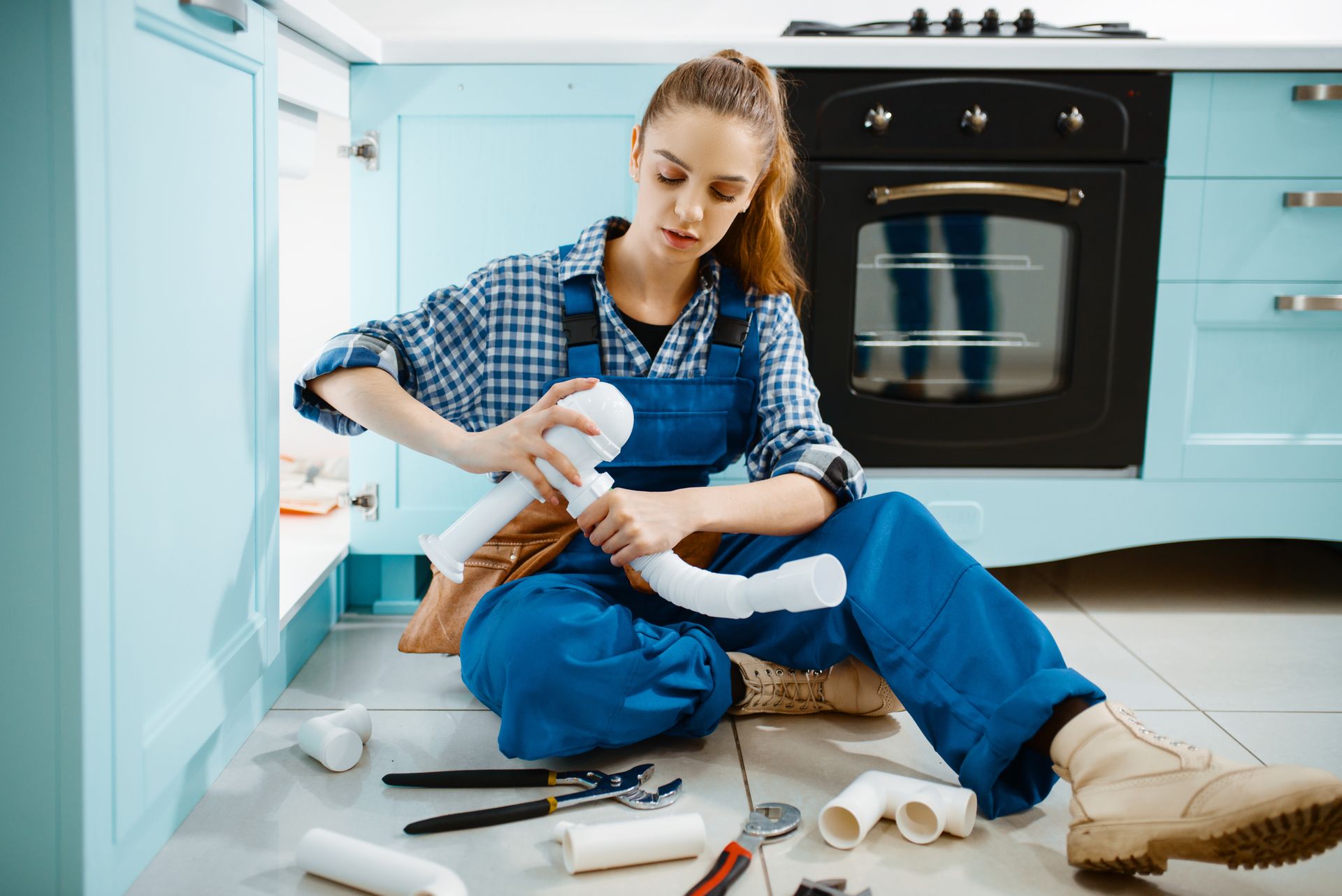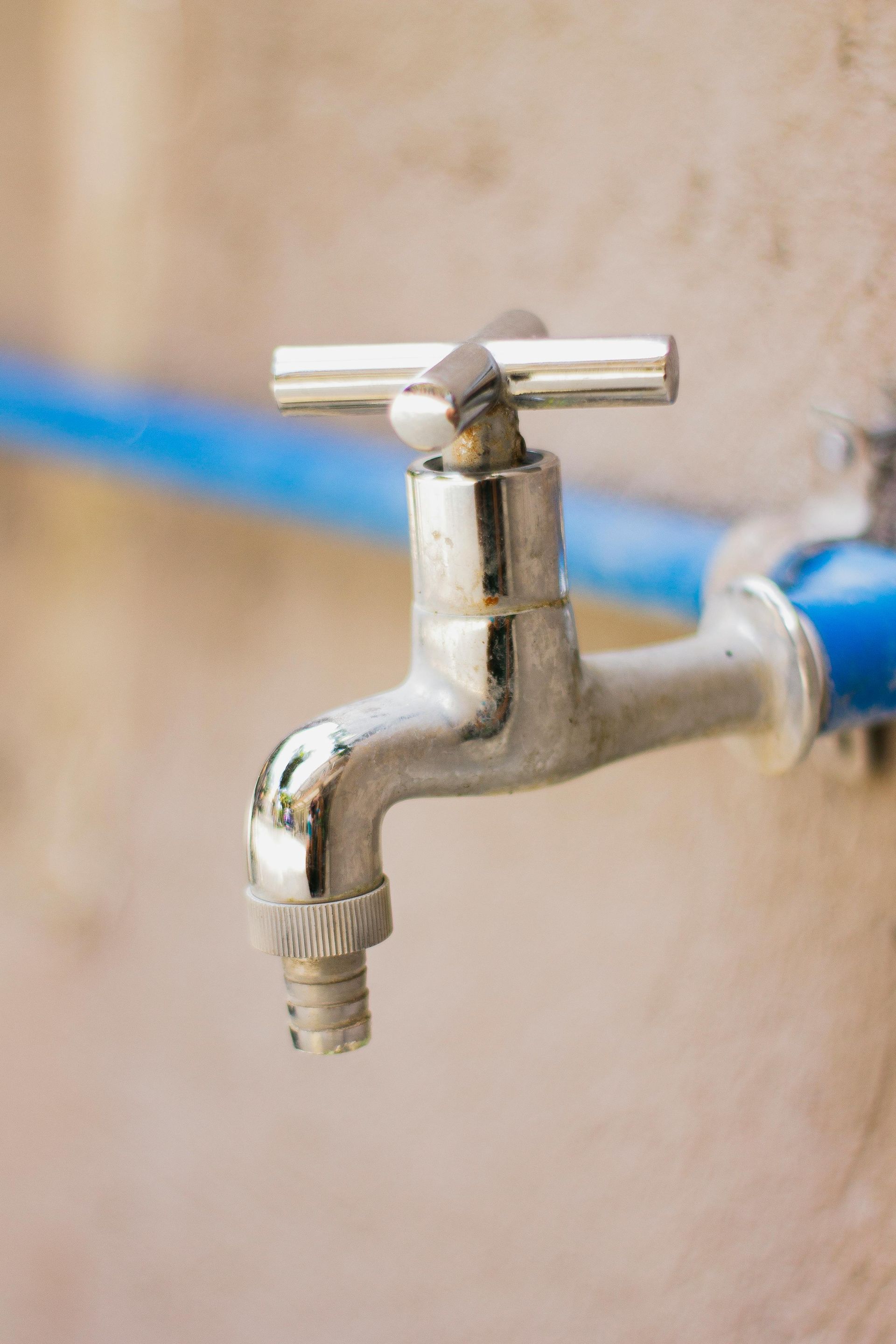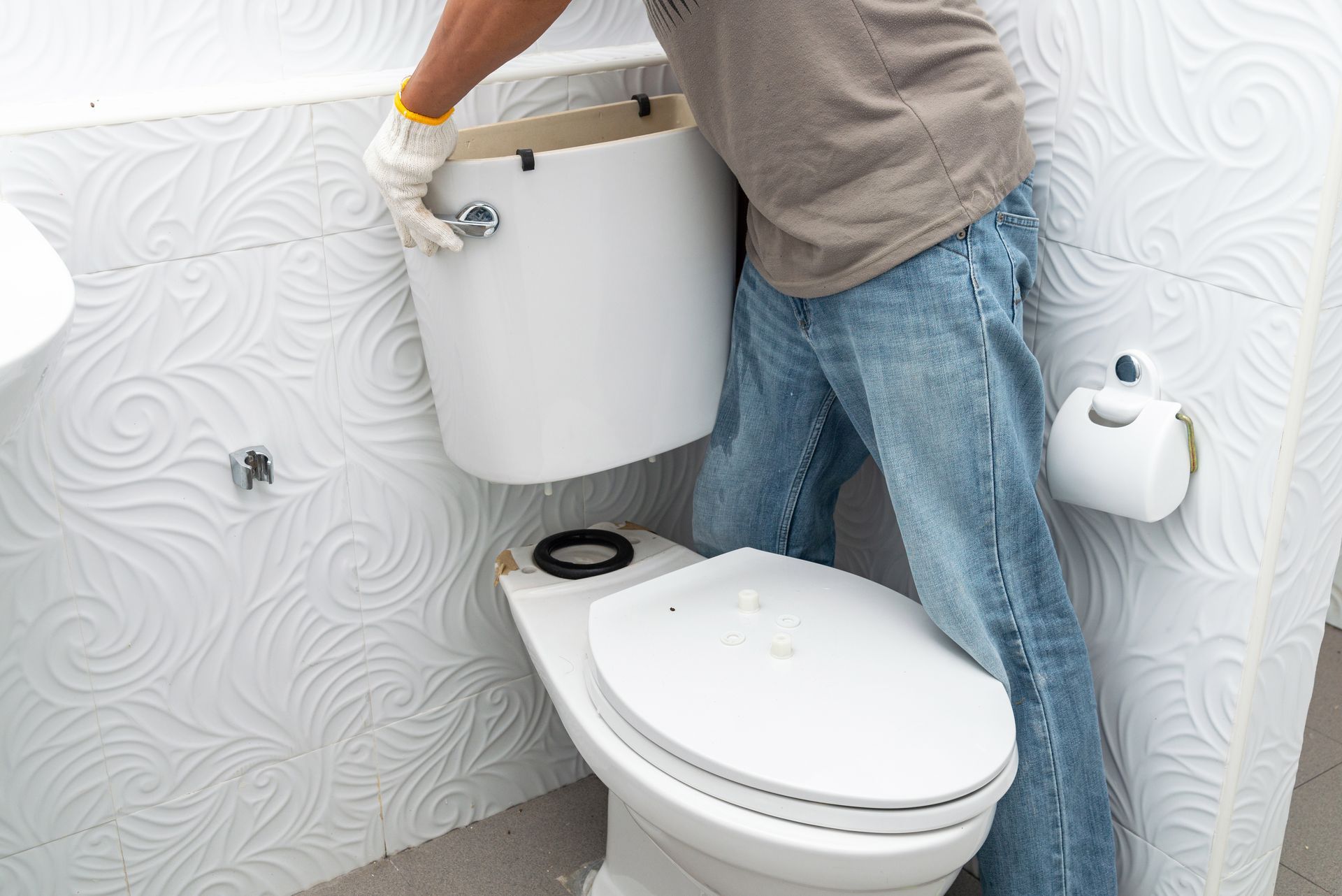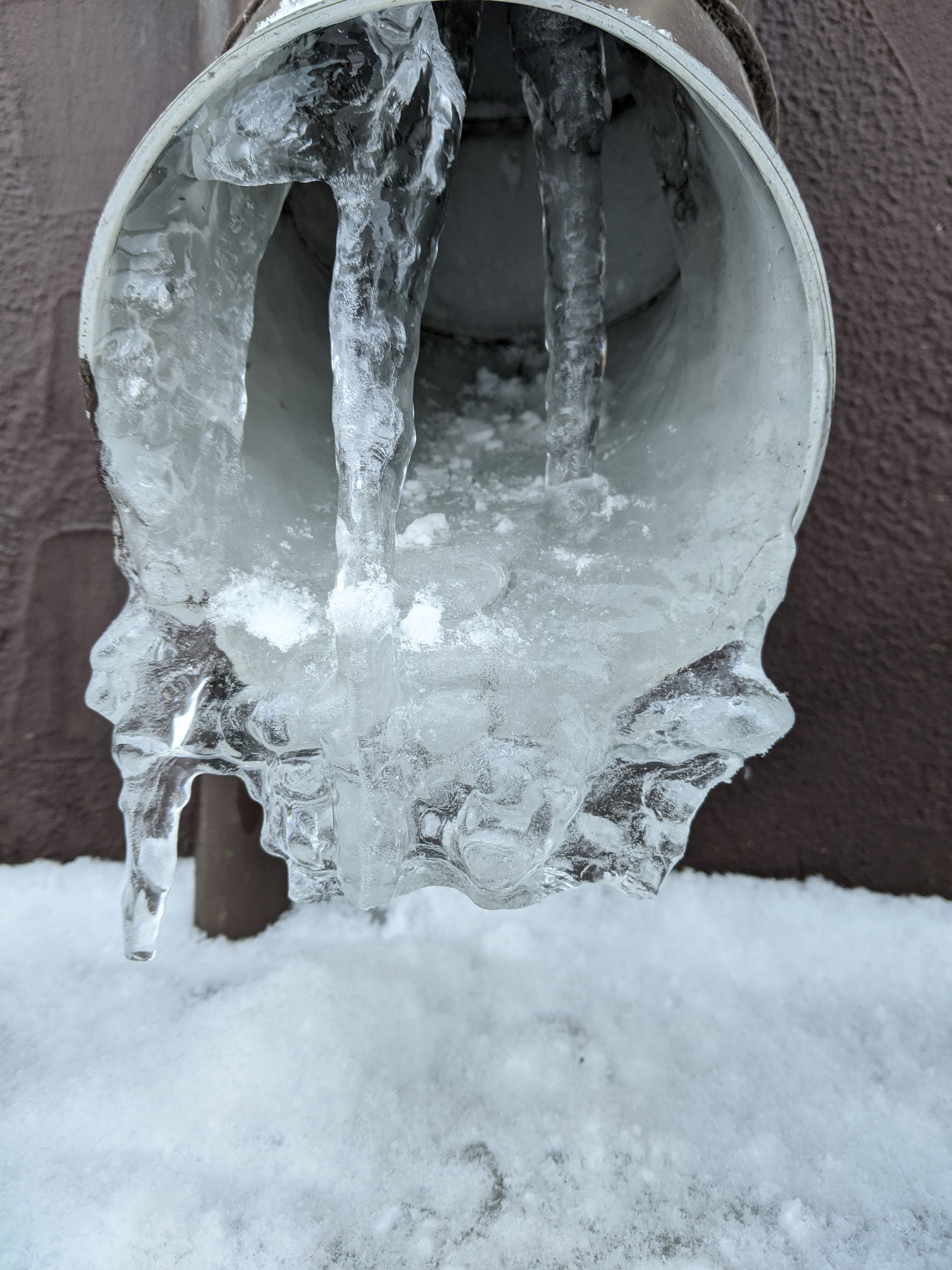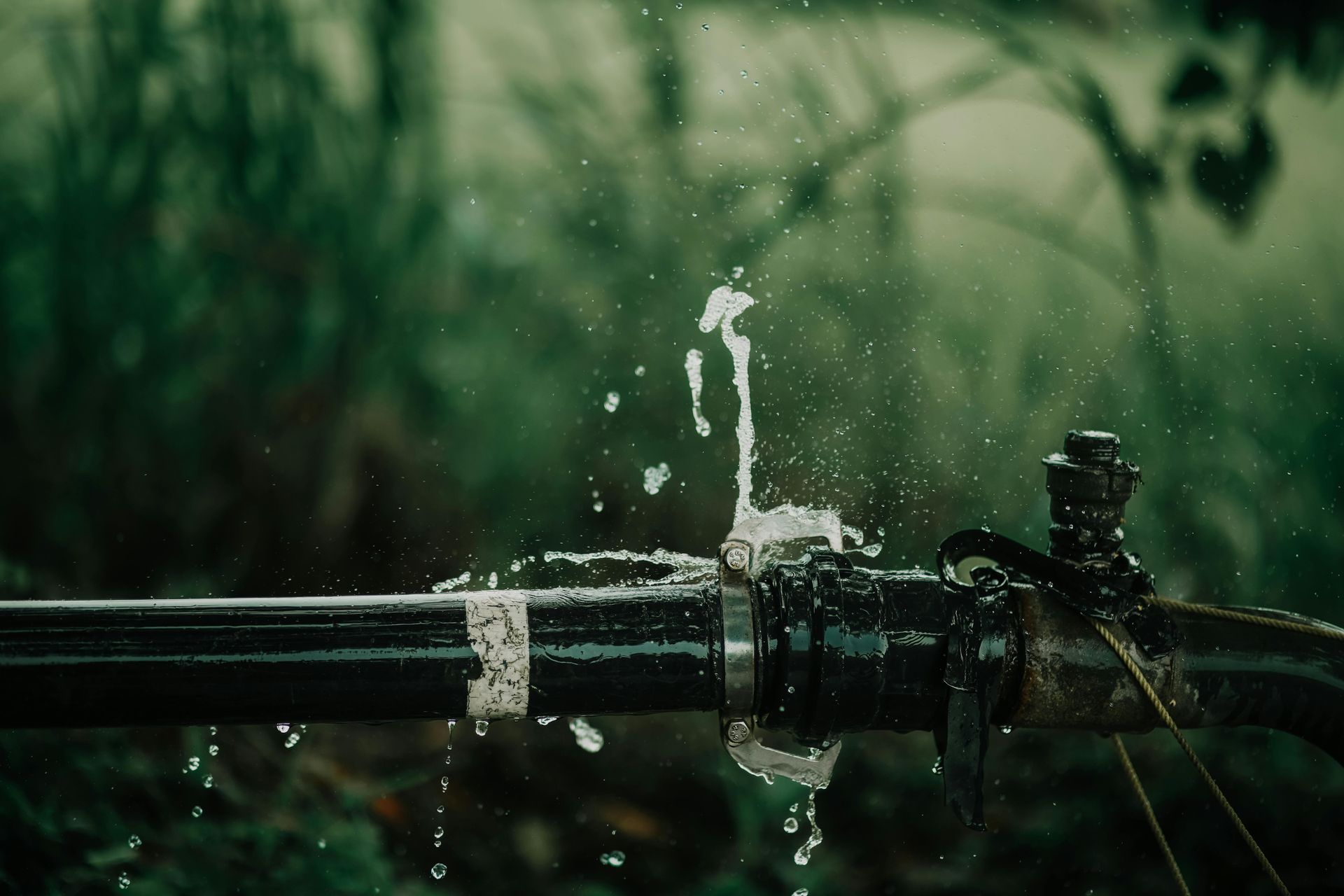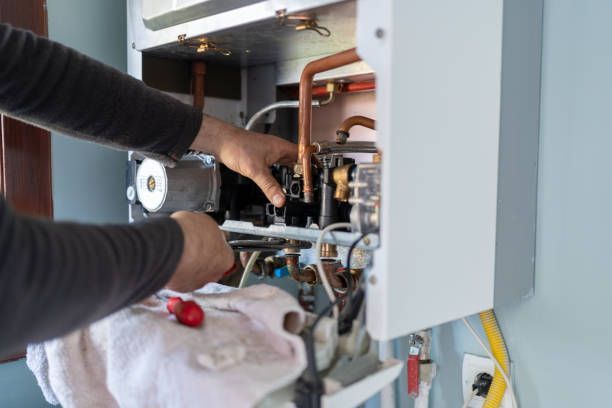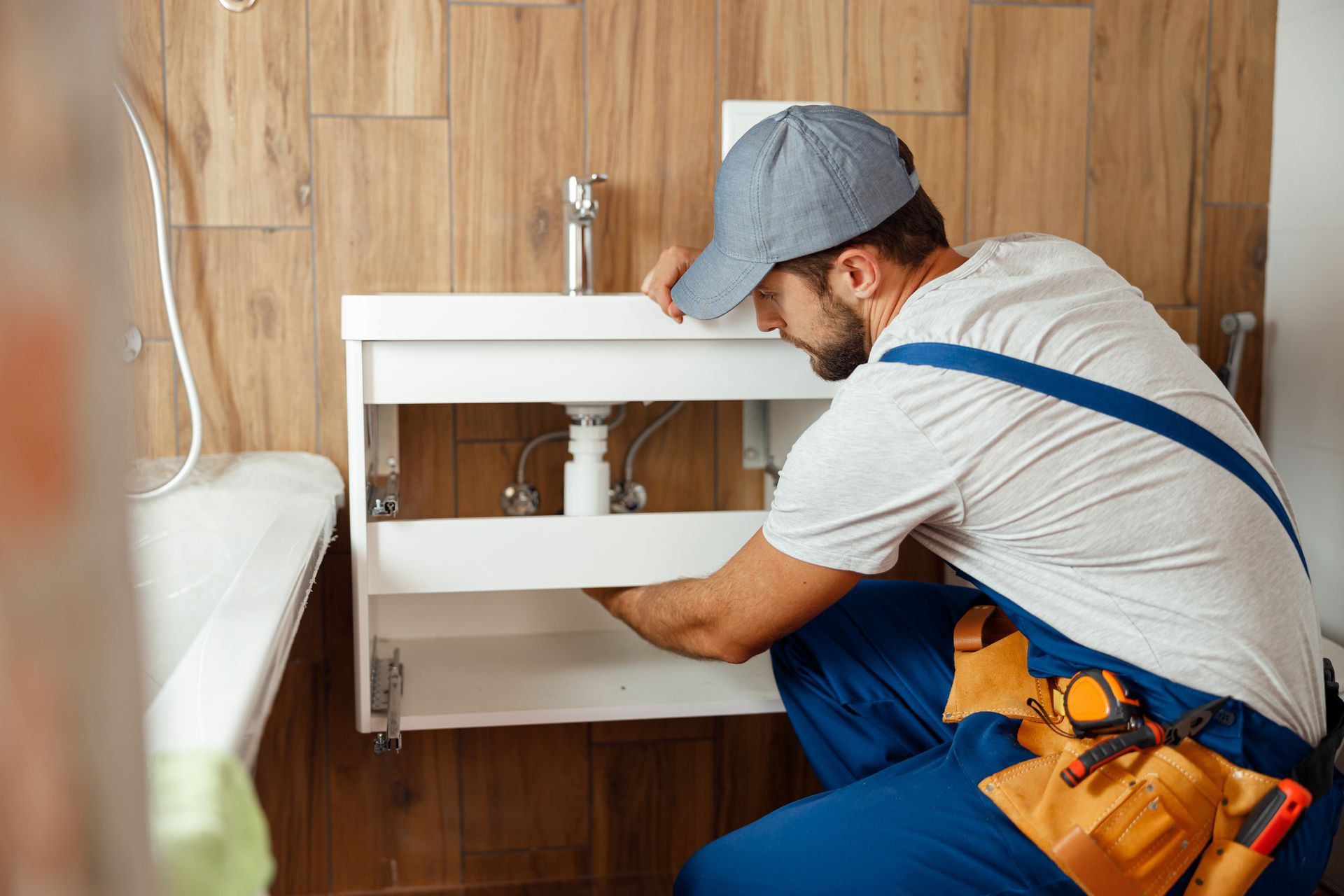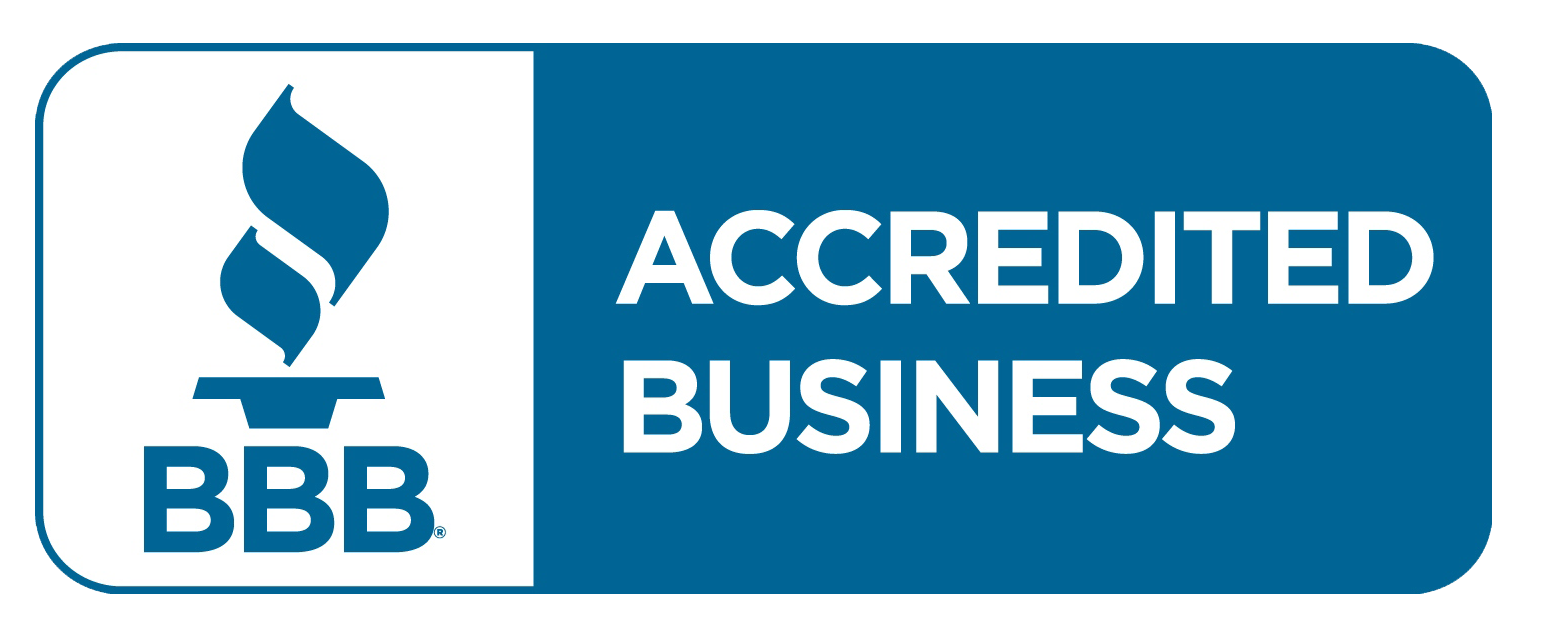Frozen Pipes: Prevention and Thawing Techniques
Winter brings freezing temperatures, which pose a serious threat to your home's plumbing system. Frozen pipes are one of the most common plumbing problems during the winter months. Not only do they prevent water flow, but frozen pipes can also burst, causing significant damage and costly repairs. Knowing how to prevent pipes from freezing and understanding the proper techniques for thawing them can save you time, money, and stress. In this blog, we'll explore essential tips on preventing frozen pipes and how to thaw them safely if they do freeze.
Nature's Symphony
Why Do Pipes Freeze?
Pipes freeze when temperatures drop below 32°F (0°C), causing water inside the pipes to turn into ice. The freezing water expands, exerting pressure on the pipes. If the pressure becomes too great, the pipe can burst, leading to significant water damage once the ice thaws. Certain factors increase the likelihood of pipes freezing, including:
- Poor Insulation: Pipes that lack proper insulation are more vulnerable to freezing, especially those in unheated areas such as basements, attics, garages, and crawl spaces.
- Location of Pipes: Pipes along exterior walls or in unheated rooms are more exposed to cold temperatures and are more likely to freeze.
- Sudden Cold Snaps: A rapid drop in temperature increases the risk of frozen pipes, particularly in regions unaccustomed to severe cold weather.
How to Prevent Frozen Pipes
The best way to avoid dealing with frozen pipes is to take preventive measures before winter hits. Proper pipe care and attention can help you avoid the stress of dealing with a plumbing emergency. Here are some key steps to help prevent pipes from freezing:
Insulate Pipes
Insulation is the most effective way to protect pipes in unheated areas. Wrap vulnerable pipes with foam pipe insulation or heat tape to keep them warm during freezing temperatures. Pay special attention to pipes in attics, basements, and crawl spaces, as these areas are often colder.
Seal Gaps and Cracks
Cold air can seep into your home through gaps and cracks near doors, windows, and walls, especially around areas where pipes enter or exit the house. Seal these gaps using caulk or weather stripping to minimize drafts and keep the temperature around your pipes more stable.
Keep the Heat On
Even if you're going on vacation or leaving your home for an extended period, it's important to keep the heat on. Set your thermostat to at least 55°F (13°C) to prevent indoor pipes from freezing. If you're leaving for a long period, consider asking a neighbor or a friend to check on your home periodically to ensure the heating system is functioning properly.
Let Faucets Drip
Allowing faucets connected to vulnerable pipes to drip during freezing weather can help prevent the pipes from freezing. A small trickle of water can relieve pressure inside the pipes, reducing the risk of a burst if the water does freeze.
Open Cabinet Doors
Pipes located under sinks are often hidden behind cabinet doors, trapping cold air inside. Opening these cabinet doors allows warm air from the house to circulate around the pipes, reducing the chances of freezing.
What to Do If Your Pipes Freeze
Even with the best precautions, there's still a chance that pipes could freeze during an extreme cold snap. The good news is that you can thaw frozen pipes yourself using safe techniques. However, it's essential to act quickly to prevent pipes from bursting. Here's what to do if you suspect your pipes are frozen:
Identify the Frozen Pipe
Look for signs of frozen pipes, such as reduced water flow, frost on the exterior of the pipe, or sections of the pipe that feel colder than others. If you find a frozen pipe, shut off the water supply to the affected area to prevent water from flooding your home in case the pipe bursts.
Thawing Exposed Pipes
If the frozen section of the pipe is easily accessible, use a safe heat source to thaw the pipe. You can try using a hairdryer, space heater, or heating pad. Always start by heating the pipe near the faucet and work your way towards the frozen section to allow melted water to escape through the faucet. Never use an open flame, such as a blowtorch or lighter, as this can damage the pipe and create a fire hazard.
Thawing Hidden Pipes
If the frozen pipe is located behind a wall or ceiling, thawing it becomes more challenging. Turn up the heat in your home to warm the area, or use an infrared lamp or space heater to direct heat toward the affected section. In some cases, it may be necessary to cut a section of the wall to access the pipe. If you're uncomfortable handling this, it's best to contact a professional plumber for assistance.
Open Faucets
Keep the faucet open as you attempt to thaw the pipe. Running water will help melt the ice inside the pipe faster, and you’ll know the pipe is fully thawed when the water flow returns to normal.
Preventing Damage from Burst Pipes
A burst pipe can cause major water damage, but you can take steps to minimize the damage if you act quickly. Here's what to do if a pipe bursts in your home:
Shut Off the Water Supply
As soon as you notice a burst pipe, turn off the main water supply to prevent more water from flooding your home. The main water valve is often located near the point where the water line connects to your home, usually near the water meter.
Turn Off the Electricity
If the burst pipe is near any electrical outlets, switches, or appliances, turn off the electricity to that part of the house to avoid electrical shock.
Drain the Pipes
After closing the water supply, open all faucets throughout your home to allow the water to drain completely. This will help reduce water pressure and prevent additional leaks.
Contact a Plumber
Once the immediate danger is under control, call a professional plumber to assess the damage and make necessary repairs. A burst pipe often requires more than just a patch; a plumber can inspect the rest of your plumbing system to ensure no other pipes are at risk of bursting.
Long-Term Solutions for Pipe Protection
In addition to the immediate steps you can take to prevent frozen pipes, there are also long-term strategies that can protect your plumbing system from freezing temperatures year after year.
Pipe Relocation
If certain pipes in your home frequently freeze, it may be worth considering relocating them to a warmer area. A plumber can assess your home’s layout and move vulnerable pipes away from exterior walls, garages, or crawl spaces.
Install Heat Cables
Heat cables are a more permanent solution for pipes that are prone to freezing. These cables wrap around the pipes and can be plugged into an electrical outlet to provide a consistent source of heat during cold weather.
Insulate Your Home
Improving the insulation in your attic, basement, and crawl spaces can help protect both your pipes and your home from the cold. Inadequate insulation is one of the primary reasons pipes freeze, so adding insulation can go a long way toward preventing future issues.
Need Help with Frozen Pipes? Call Triple J Plumbing LLC in Madison, IN Today!
At
Triple J Plumbing LLC, we understand how stressful frozen pipes can be for homeowners in Madison, IN. Whether you're looking for preventative solutions or need immediate help with a burst or frozen pipe, our experienced plumbers are here to assist. We handle
water heater maintenance,
residential and
commercial plumbing,
backflow testing, and more. Call us today at
(812) 748-6760 for prompt and professional service. We are available to handle all your plumbing needs, from pipe insulation to emergency repairs. Don't wait until it's too late—protect your home from the dangers of frozen pipes by hiring Triple J Plumbing LLC!
Frequently Asked Questions (FAQs)
How can I tell if my pipes are frozen?
You may notice reduced or no water flow from your faucets, frost on the exterior of pipes, or visible bulging or cracks. If you're unsure, it's best to contact a plumber for a thorough inspection.
What should I do if a pipe bursts in my home?
Immediately shut off the water supply and electricity to the affected area, drain the pipes, and contact a professional plumber. Acting quickly can prevent further water damage.
Can I use hot water to thaw frozen pipes?
Yes, you can pour warm (not boiling) water over exposed pipes, but it's safer and more effective to use a hairdryer or heating pad. Avoid using open flames, as they can damage the pipe and create fire hazards.
Are all pipes equally at risk of freezing?
No, pipes in unheated or poorly insulated areas, such as basements, attics, garages, and exterior walls, are more vulnerable to freezing than those inside heated parts of your home.
How much does it cost to repair a burst pipe?
The cost of repairing a burst pipe depends on the extent of the damage and the location of the pipe. On average, repairs can range from $150 to $500, but more extensive damage may require additional costs for water damage restoration and pipe replacement. Contact Triple J Plumbing LLC for an accurate estimate based on your situation.
